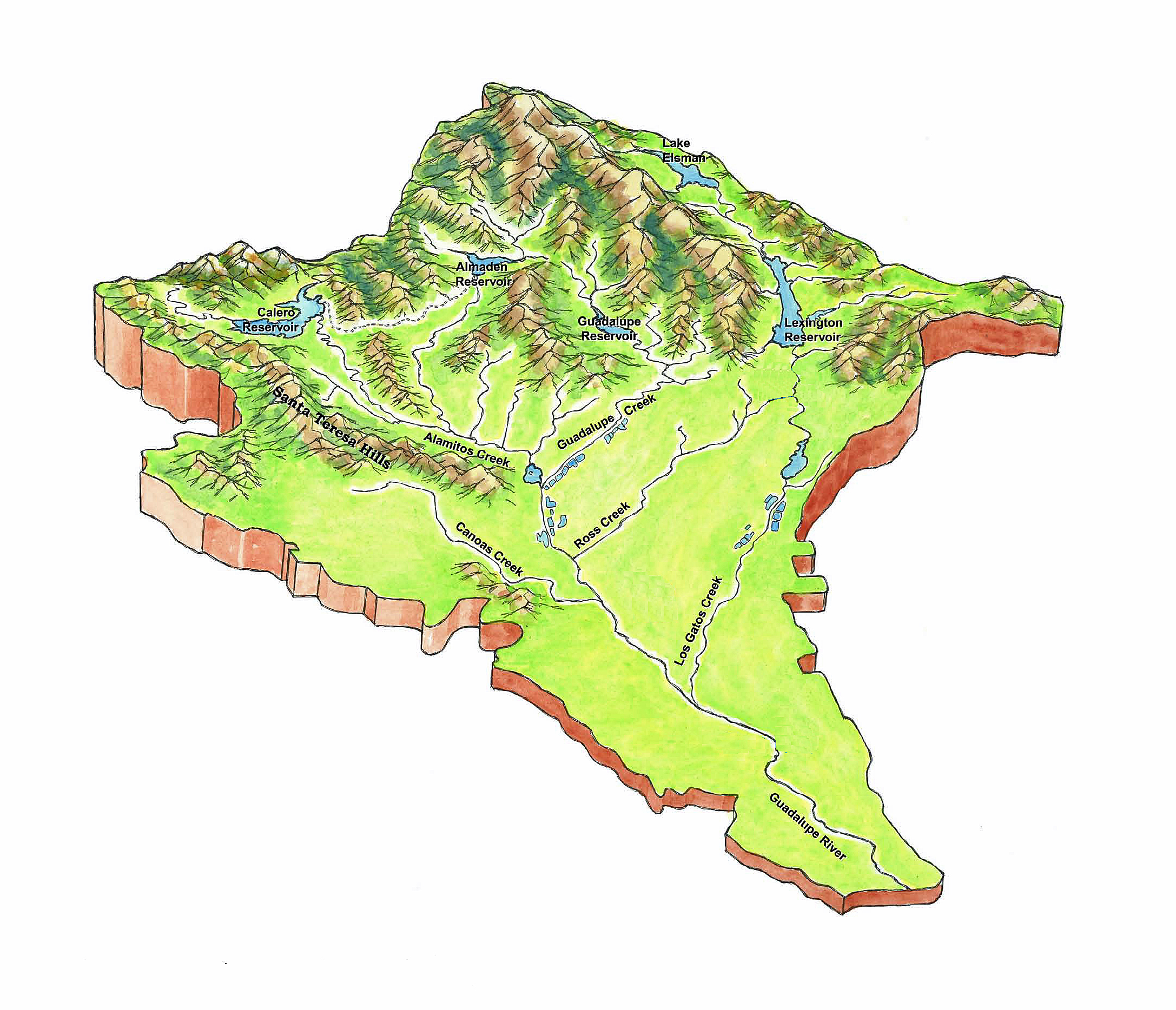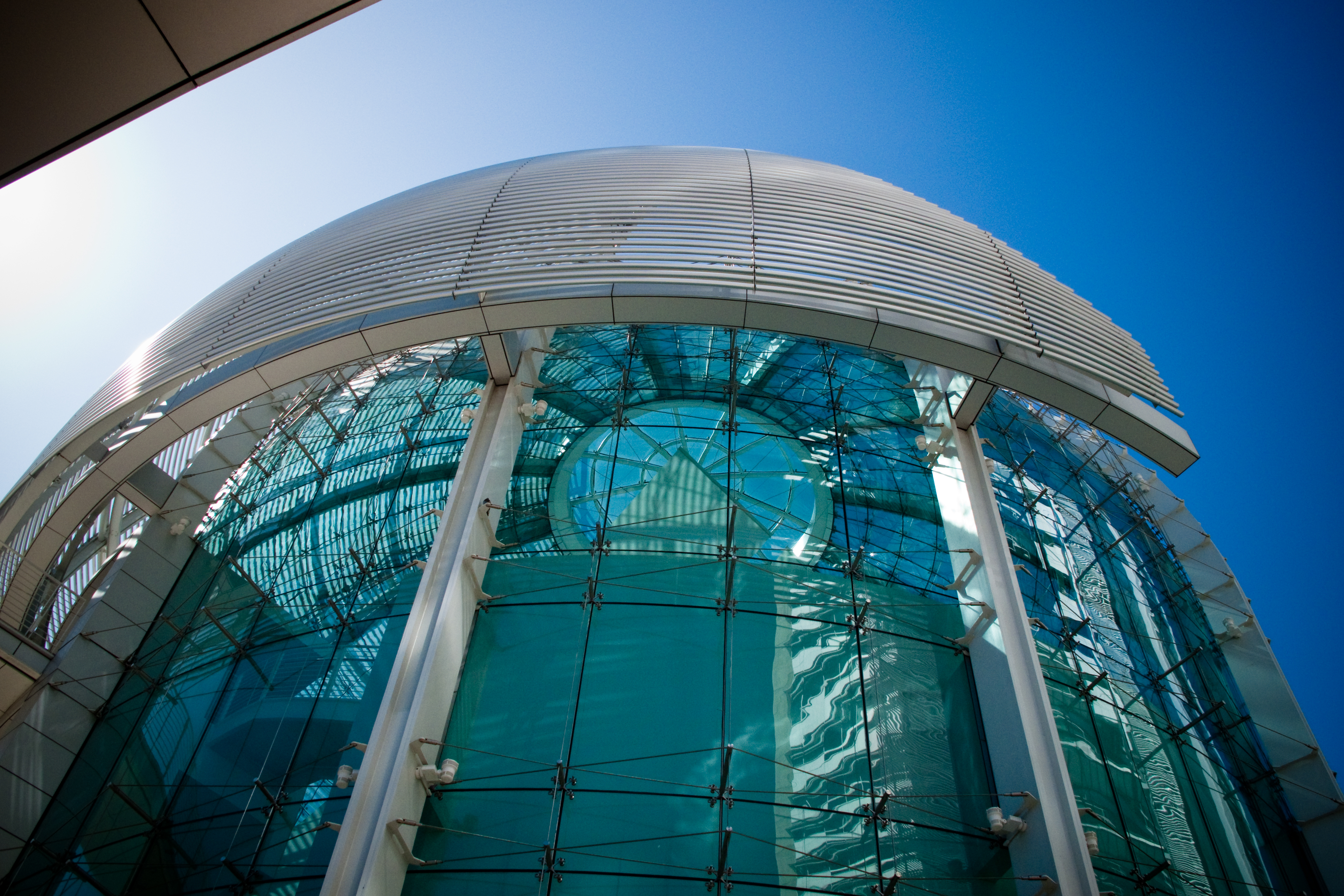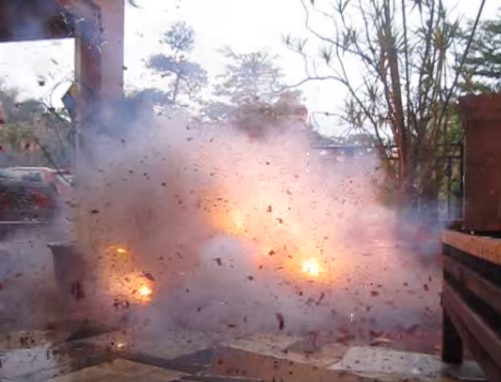|
Market Street Chinatown
Market Street Chinatown ( zh, 孖結街唐人埠) or Plaza Chinatown refers to two successive Chinatowns in San Jose, California, during the 19th century. Both were destroyed by arson with the tacit support of officials. The site was rediscovered during a 1980s redevelopment project, shedding light on an era when San Jose, California, San Jose led the state of California in Anti-Chinese violence in California, anti-Chinese violence. First settlement San Jose's first Chinatown was located at the southwest corner of Market and San Fernando streets, near the present-day Circle of Palms Plaza. City officials noted the Chinese presence by 1866. Most Chinese immigrants were seasonal workers in Santa Clara Valley's orchards. In February 1869, after the San Jose First United Methodist Church, First Methodist Episcopal Church welcomed 166 Chinese people to its Missionary Sunday School, arsonists burned the church to the ground and sent the pastor a death threat. By January 1870, white res ... [...More Info...] [...Related Items...] OR: [Wikipedia] [Google] [Baidu] |
Plaza De César Chávez
The Plaza de César Chávez is an urban plaza and park in Downtown San Jose, California. The plaza's origins date to 1797 as the '' plaza mayor'' of the Spanish ''Pueblo de San José de Guadalupe'', making it the oldest public space in Northern California. The plaza was reconsecrated after Californian civil rights activist César Chávez in 1993. The Plaza de César Chávez is one of San Jose's primary civic spaces and the historic center of Downtown San Jose. It is bounded by numerous San Jose institutions and landmarks, including The Tech Museum of Innovation, the San Jose Museum of Art, City National Civic, and Circle of Palms Plaza. The plaza hosts numerous notable events, including the San Jose Jazz Festival, Music in the Park and Christmas in the Park. History The Plaza was established when San Jose moved from its original location on the bank of the Guadalupe River to the current downtown location in 1797 and has been in use ever since, making it the oldest public ... [...More Info...] [...Related Items...] OR: [Wikipedia] [Google] [Baidu] |
Guadalupe River (California)
The Guadalupe River ( es, Río Guadalupe; Muwekma Ohlone:''Thámien Rúmmey'') mainstem is an urban, northward flowing river in California whose much longer headwater creeks originate in the Santa Cruz Mountains. The river mainstem now begins on the Santa Clara Valley floor when Los Alamitos Creek exits Lake Almaden and joins Guadalupe Creek just downstream of Coleman Road in San Jose, California. From here it flows north through San Jose, where it receives Los Gatos Creek, a major tributary. The Guadalupe River serves as the eastern boundary of the City of Santa Clara and the western boundary of Alviso, and after coursing through San José, it empties into south San Francisco Bay at the Alviso Slough. The Guadalupe River is the southernmost major U.S. river with a Chinook salmon run (see Habitat and Wildlife section below). Much of the river is surrounded by parks. The river's Los Alamitos and Guadalupe Creek tributaries are, in turn, fed by smaller streams flowing from Alm ... [...More Info...] [...Related Items...] OR: [Wikipedia] [Google] [Baidu] |
San Jose City Hall
San José City Hall is the seat of the municipal government of San Jose, California. Located in Downtown San Jose, it was designed by Pritzker Prize-winning architect Richard Meier in a Postmodern style. It consists of an 18-story tower, an iconic glass rotunda, and a city council chamber wing, laid out within a two-block-long public square known as San José Civic Plaza. The tower rises above the plaza, making it the second tallest building in San Jose. San Jose has had six seats of government in its history. City officials met in Downtown San Jose from before the city's incorporation in 1850 until the 1950s, when a modern City Hall was built at Civic Center to the north. The current City Hall's construction capped a period of rapid growth for the city during the dot-com bubble. Its opening in 2005 marked the municipal government's return downtown after half a century in an office park setting. Architecture City Hall was designed by Richard Meier, who also designed th ... [...More Info...] [...Related Items...] OR: [Wikipedia] [Google] [Baidu] |
Public Nuisance
In English criminal law, public nuisance was a common law offence in which the injury, loss, or damage is suffered by the public, in general, rather than an individual, in particular. In Australia In ''Kent v Johnson'' the Supreme Court of the ACT held that public nuisance is "an unlawful act or omission ... which endangers the lives, safety, health, property or comfort of the public or by which the public are obstructed in the exercise or enjoyment of any right common to all".''Kent v Johnson (Minister of State for Works)'' (1973) 2 ACTR 1; (1973) 21 FLR 177, Supreme Court (ACT, Australia). And also, public nuisance is a criminal offense at some common law and by statute under some states. To establish a prima facie case of public nuisance, a private individual will have to prove: (1) title to sue, (2) that the interference is with a public right and (3) that the defendant's interference is substantial and unreasonable. * (1): title to sue In the case ''Walsh v Ervin'',. as ... [...More Info...] [...Related Items...] OR: [Wikipedia] [Google] [Baidu] |
Yick Wo V
Yì () is a Chinese surname, in Cantonese it is transliterated as Yick or Yik, the Chinese commercial code (CCC) of which is 2496. It is also rarely spelled as Yih or Ie, depending on where it is originated. Yi (이), is a phonetic pronunciation of a Korean surname that has a different origin than the Chinese surname (易). The origin of Yi (Korean surname) can be traced back to the writings of Sima Qian and Three Kingdoms of Korea and uses the Chinese characters 李, 異, or 伊. They are often romanized as Li (surname) or Lee (Korean surname), or Itō (surname) in Japanese. Yi is also different Chinese family names, written (), () and (). Place of origin According to the book of Hundred Family Surnames ( 百家姓), Yi family originated from Jiang ( 姜) family who moved to Yi county (present day Chang county in Hebei province). The other place of origin is Yi county (present day Yi county in Hebei province). During the period of Qin dynasty, Yi family were mainly situated a ... [...More Info...] [...Related Items...] OR: [Wikipedia] [Google] [Baidu] |
Carrying Pole
A carrying pole, also called a shoulder pole or a milkmaid's yoke, is a yoke of wood or bamboo, used by people to carry a load. This piece of equipment is used in one of two basic ways: *A single person balances the yoke over one shoulder, with an evenly distributed load being suspended from each end. *Two people support the yoke by resting it on a shoulder, with the load suspended from the centre of the yoke. It is still widely used in East Asia, and was once also used in Europe and the Western World, in particular by milkmaids. It has been used in the United States, Australia, and Europe. It was also commonly used in Sri Lanka, where it was called ''Pingo''. There are early 19th century postcards from Ceylon with ''Pingo Carriers''. The basic design is a wood or bamboo yoke, usually tapered. From each end of the yoke, a load of equal mass is suspended. The load may be a basket of goods, pail of milk, water or other liquid, suspended on rope. The load may be hung directly from ... [...More Info...] [...Related Items...] OR: [Wikipedia] [Google] [Baidu] |
Firecracker
A firecracker (cracker, noise maker, banger) is a small explosive device primarily designed to produce a large amount of noise, especially in the form of a loud bang, usually for celebration or entertainment; any visual effect is incidental to this goal. They have fuses, and are wrapped in a heavy paper casing to contain the explosive compound. Firecrackers, along with fireworks, originated in China. History The predecessor of the firecracker was a type of heated bamboo, used as early as 200 BCE, that exploded when heated continuously. The Chinese name for firecrackers, 爆竹(''baozhu''), literally means "exploding bamboo." After the invention of gunpowder, gunpowder firecrackers had a shape that resembled bamboo and produced a similar sound, so the name "exploding bamboo" was retained. In traditional Chinese culture, firecrackers were used to scare off enemies or evil spirits. Firecrackers production and sales Ingredients Firecrackers are generally made of cardboard ... [...More Info...] [...Related Items...] OR: [Wikipedia] [Google] [Baidu] |
1879 Constitutional Convention Of Sacramento
The California Constitutional Conventions were two separate constitutional conventions that took place in California during the nineteenth century which led to the creation of the modern Constitution of California. The first, known as the 1849 Constitutional Convention of Monterey, held in September and October 1849 in advance of California attaining U.S. statehood the following year, adopted the state's original constitution. This document maintains jurisdiction along with the current constitution which was ratified on May 7, 1879, following the 1879 Constitutional Convention of Sacramento. Article 3 Section 2 of the current Constitution references the original boundaries as stated in the 1849 Constitution at Article 7. The result of Progressive mistrust of elected officials, this later constitution took a full year to finalize (March 1878 to March 1879) [...More Info...] [...Related Items...] OR: [Wikipedia] [Google] [Baidu] |
Workingmen's Party Of California
The Workingmen's Party of California (WPC) was an American labor organization, founded in 1877 and led by Denis Kearney, J.G Day, and H. L. Knight. Organizational history As a result of heavy unemployment from the 1873-78 national depression, Sand Lot rallies erupted in San Francisco that led to the Party's formation in 1877. The party won 11 seats in the State Senate and 17 in the State Assembly by 1878 and then rewrote the state's constitution, denying Chinese citizens voting rights in California. The most important part of the constitution included the formation of California Railroad Commission that would oversee the activities of the Central and Pacific Railroad companies that were run by Crocker, Huntington, Hopkins and Stanford. The party took particular aim against cheap Chinese immigrant labor and the Central Pacific Railroad which employed them. Their goal was to "rid the country of Chinese cheap labor." Its famous slogan was "''The Chinese must go!''" Kearney's attac ... [...More Info...] [...Related Items...] OR: [Wikipedia] [Google] [Baidu] |
Denis Kearney
Denis Kearney (1847–1907) was a California labor leader from Ireland who was active in the late 19th century and was known for his anti-Chinese activism. Called "a demagogue of extraordinary power," he frequently gave long and caustic speeches that focused on four general topics: contempt for the press, for capitalists, for politicians, and for Chinese immigrants. A leader of the Workingmen's Party of California, he is known for ending all of his speeches with the sentence "And whatever happens, the Chinese must go" (a conscious inspiration from Roman senator Cato the Elder's fame for ending all speeches with '' ceterum autem censeo Carthaginem esse delendam'' – "Furthermore, I consider that Carthage must be destroyed".)Andrew Gyory, ''Closing the Gate: Race, Politics and the Chinese Exclusion Act.'' Chapel Hill, NC: University of North Carolina Press, 1998; p. 111. Kearney was part of a short-lived movement to increase the power of the working class, but after a few years his ... [...More Info...] [...Related Items...] OR: [Wikipedia] [Google] [Baidu] |
Cathedral Basilica Of St
A cathedral is a church that contains the '' cathedra'' () of a bishop, thus serving as the central church of a diocese, conference, or episcopate. Churches with the function of "cathedral" are usually specific to those Christian denominations with an episcopal hierarchy, such as the Catholic, Eastern Orthodox, Anglican, and some Lutheran churches.New Standard Encyclopedia, 1998 by Standard Educational Corporation, Chicago, Illinois; page B-262c Church buildings embodying the functions of a cathedral first appeared in Italy, Gaul, Spain, and North Africa in the 4th century, but cathedrals did not become universal within the Western Catholic Church until the 12th century, by which time they had developed architectural forms, institutional structures, and legal identities distinct from parish churches, monastic churches, and episcopal residences. The cathedral is more important in the hierarchy than the church because it is from the cathedral that the bishop governs the area und ... [...More Info...] [...Related Items...] OR: [Wikipedia] [Google] [Baidu] |
KQED Inc
KQED may refer to: * KQED (TV), a PBS member station in San Francisco * KQED-FM KQED-FM (88.5 MHz) is a NPR-member radio station in San Francisco, California. Its parent organization is KQED Inc., which also owns its television partners, both of which are PBS member outlets: KQED (channel 9) and KQEH (channel 54). Stu ..., an NPR member station in San Francisco * KQED Inc., the parent organization of KQED (TV) and KQED-FM {{Call sign disambiguation ... [...More Info...] [...Related Items...] OR: [Wikipedia] [Google] [Baidu] |
.jpg)






